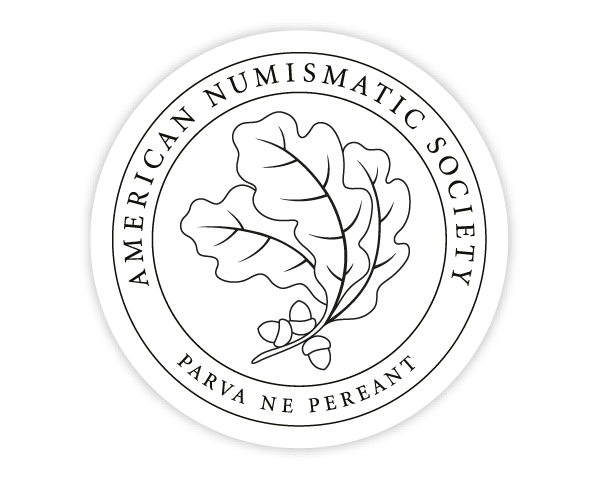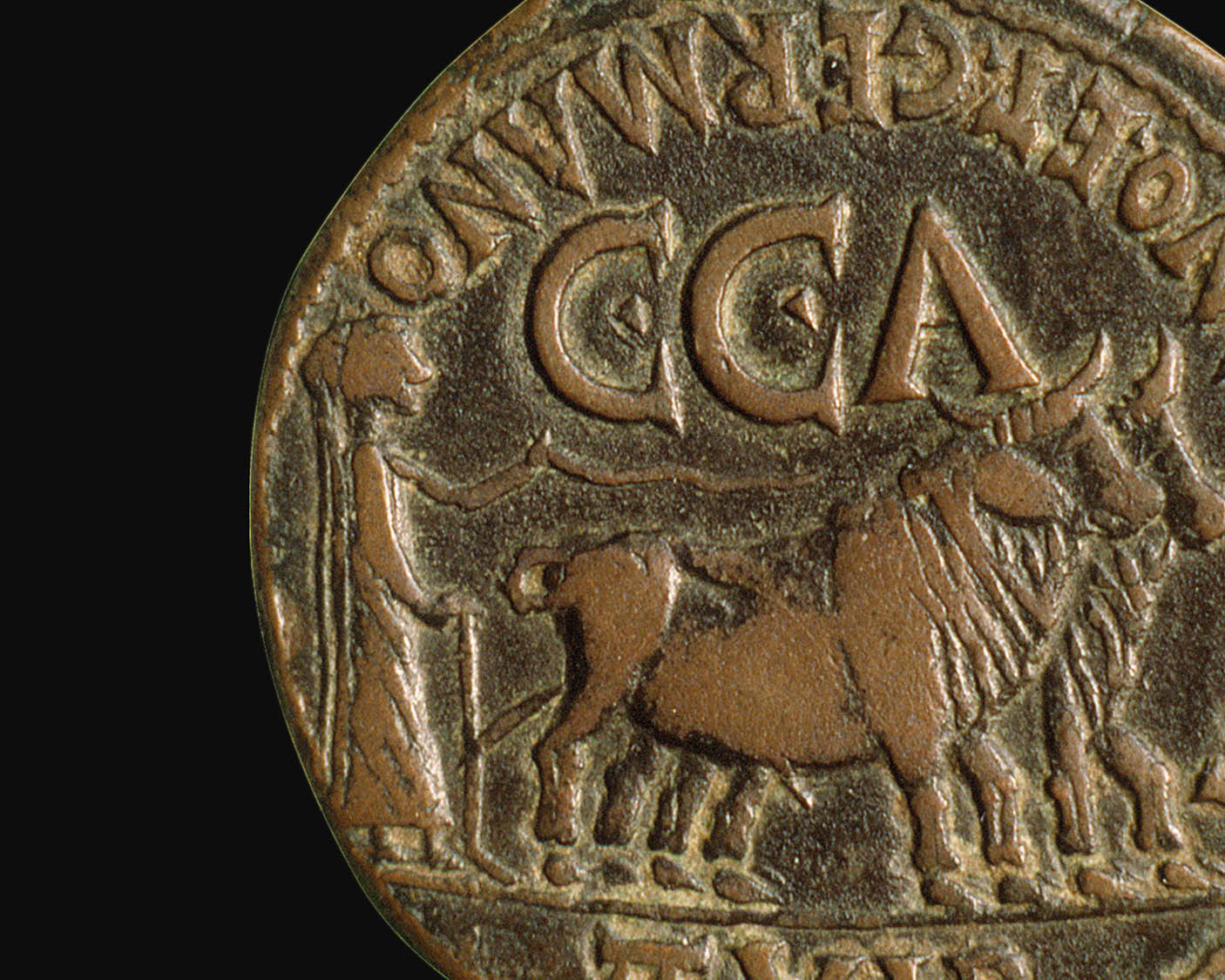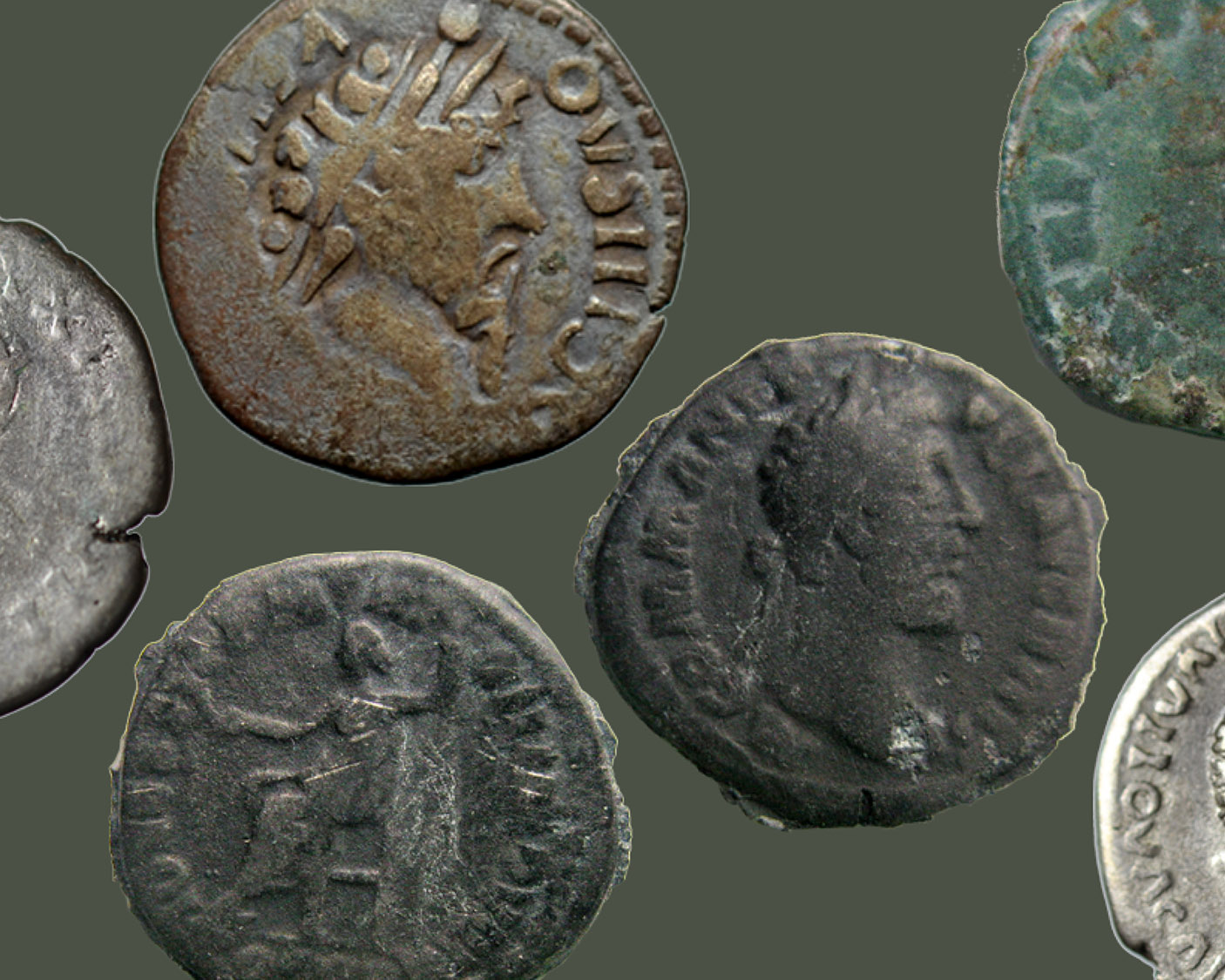The Horse in Ancient Greek Art
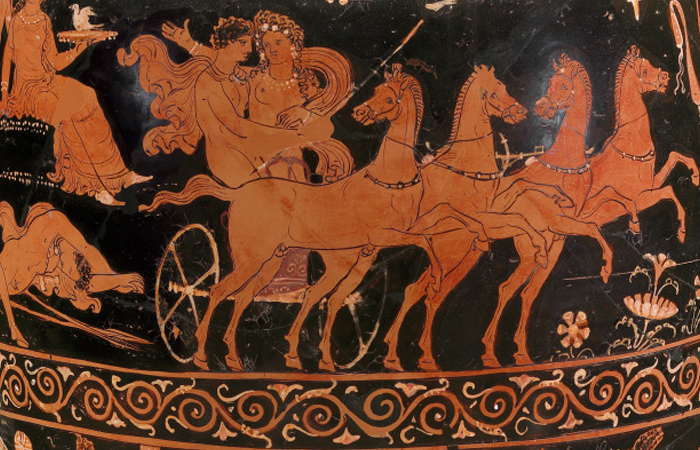
The Horse in Ancient Greek Art
Virginia Museum of Fine Arts,
Richmond, VA
February 17, 2018 – July 8, 2018
From myth and legend to warfare, sport, and transportation, the horse played an integral role in ancient Greek culture. Wealthy Greeks belonged to the social class of knights and hunted to develop skills for fighting in the cavalry. Horses were among the earliest subjects explored by Greek artists and remained the most commonly depicted animal in the Archaic and Classical Periods. Artists and writers celebrated horses as symbols of wealth, power, and prestige but also as cherished companions of humans, heroes, and gods.
The Horse in Ancient Greek Art presents imagery of mythical horses like the winged Pegasos, who becomes a constellation, as well as horse-hybrids like centaurs and satyrs, creatures that are part human and part horse. Many artists depict chariots, sometimes rushing into battle and sometimes in thrilling races, while others focus on horse races, carefully indicating the goads, bridles, reins, and bits. These images as well as scenes of grooming and feeding well-bred steeds reveal striking parallels between ancient and modern horse care and horsemanship.
Items on loan


Silver 4 drachm (tetradrachm), Syracuse, 500 BC – 485 BC. 1997.9.12


Silver stater, Larissa. 1997.9.71


Silver Coin of Seleucus I Nicator, Uncertain Mint 18, 290 BC – 281 BC. 1944.100.74129


Silver 8 drachm (octadrachm) of Alexander I, Macedonia, 492 BC – 480 BC. 2002.18.8
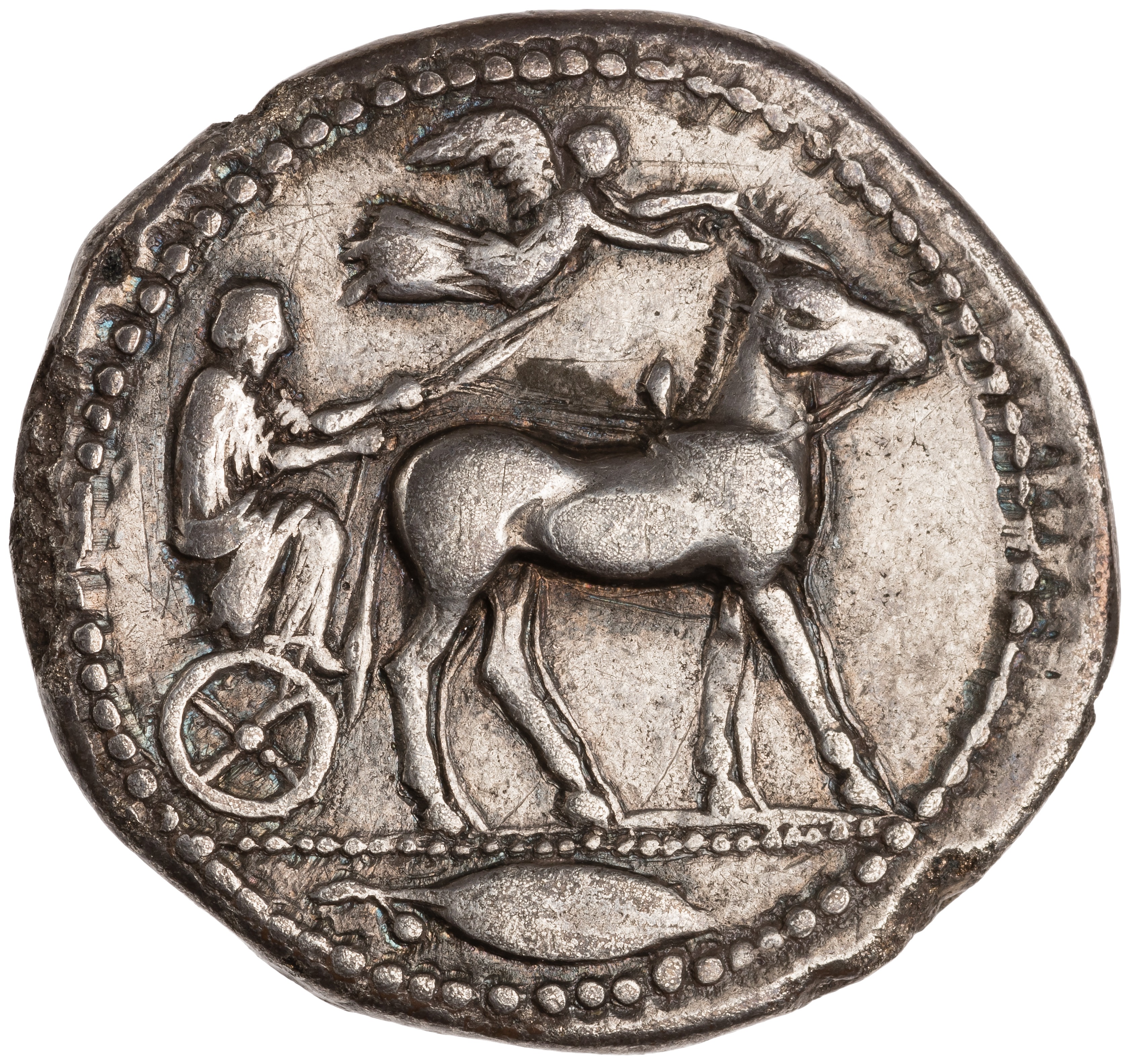

Silver Tetradrachm, Messana, 450 BC – 446 BC. 1967.152.142


Silver didrachm, Himera. 1957.172.572


Silver Tetradrachm, Gela. 1944.100.8439


